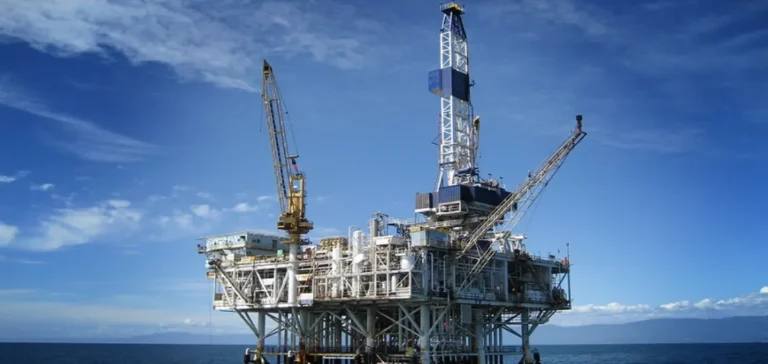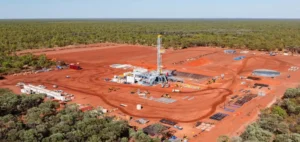Chinese group CNOOC Limited has announced a significant advancement in oil and gas exploration within the buried hills of the Beibu Gulf region, located in the South China Sea. Exploration well WZ10-5S-2d crossed a productive zone of 211 metres at a total depth of 3,362 metres, according to information released by the company on July 16.
Promising results for offshore production
Initial tests at the site indicate a daily flow of 165,000 cubic feet of natural gas and 400 barrels of crude oil. The area is situated at an average water depth of 37 metres. This discovery marks the first confirmation of recoverable reserves in buried hills of metamorphic sandstone and slate offshore China.
Xu Changgui, Chief Geologist of CNOOC Limited, stated that this success results from ongoing efforts in theoretical innovation and the development of technologies specific to deep exploration. According to him, these initiatives have led to advances in Paleozoic granites and the metamorphic sandstone and slate hills of the Beibu Gulf Basin, thus expanding exploration potential in the region.
A strategy focused on reserve growth
CNOOC Limited’s management plans to strengthen research on theories and technologies related to deep exploration to enhance development capacity and support growth in reserves and production. Zhou Xinhuai, Chief Executive Officer of the company, highlighted that this breakthrough serves as a reference for the future development of deep plays and buried hills in the South China Sea.
This operation marks a step in the secondary exploration strategy in areas considered mature. It comes at a time of high demand for energy supply security and highlights the operators’ ability to mobilise advanced exploration technologies in complex environments.
The results obtained at well WZ10-5S-2d will be followed by additional assessment phases to determine the actual extent of the deposit and refine medium-term production forecasts.






















